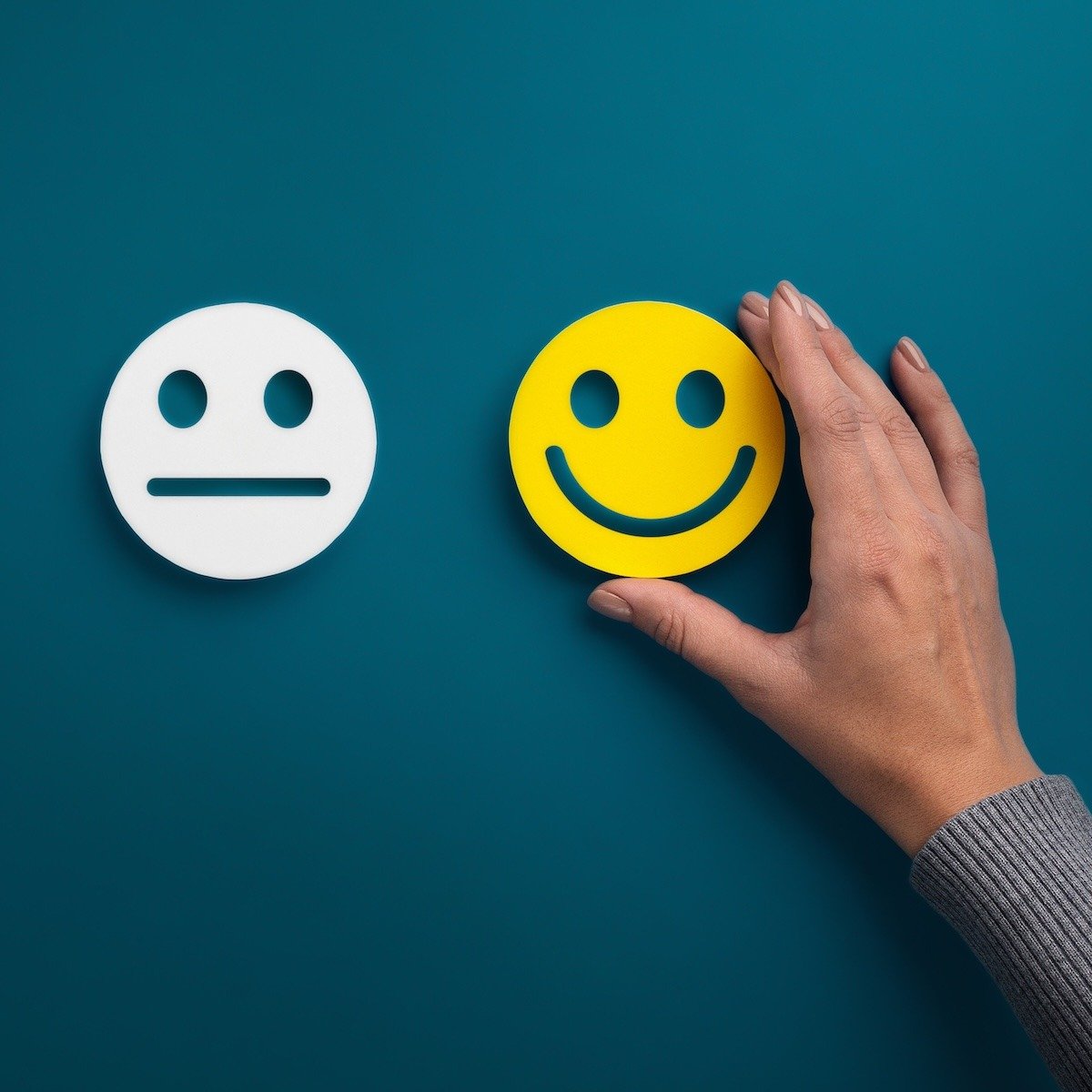The HR community has wholeheartedly embraced the concept of ‘employee experience’ over the past decade, where we consider an employee’s total experience with the organisation rather than looking at things like office environment, internal comms, employee wellbeing or leadership in isolation.
But the world of work is constantly evolving, and an increase in hybrid and remote roles over recent years has significantly changed how employees experience the workplace. As digital tools that enable us to work smarter and more efficiently become part of our daily lives, HR and EX professionals must expand their focus on ‘employee experience’ to encompass the broader ‘digital employee experience’.
As both the workplace and the expectations of our people have continued to evolve, it's no longer acceptable to leave the digital employee experience, or ‘DEX’ for short, squarely on the desks of our IT colleagues.
This guide will bring you up to speed on the DEX you should be providing your employees as we head into 2025.
Digital employee experience definition
While more traditional definitions of DEX might have placed it firmly in the world of IT, things look a little different today.
 ‘Digital employee experience’ encompasses the quality of an employee’s interactions with the workplace tools and technology they encounter on a daily basis.
‘Digital employee experience’ encompasses the quality of an employee’s interactions with the workplace tools and technology they encounter on a daily basis.
Instead of purely thinking about things like email providers, servers or cloud storage solutions, your DEX is all about your intranet, your collaboration and connectivity tools, your online wellbeing hub, and your employee experience platform. The quality of these platforms – plus their ease of access and level of integration – has a huge influence over an employee’s daily work experience.
Why is digital employee experience so important?
So why does all of this matter so much? Is a great DEX a ‘nice to have’ workplace benefit rather than a critical requirement?
Well, the long and the short of it is that data indicates the quality of your DEX is intrinsically linked to employee engagement and turnover. 24% of people even said they would leave their current jobs for access to better workplace tools. And it’s not just about retention, it’s about productivity, motivation and job satisfaction. A global study from Gartner revealed that 66% of employees believe they would achieve better business outcomes with access to tech that allowed them to work more effectively.
On top of better engagement, turnover and motivation, employers that prioritise improving their DEX are likely to see numerous short and long-term organisational benefits, including:
☑️ Increased collaboration
☑️ Greater productivity and efficiency
☑️ A more adaptable and agile workforce
☑️ Improved internal communication
4 steps to enhance the digital employee experience
If you’re as sold as I am on the power of a positive DEX, you’re likely going to be wondering what you can do to give yours a boost. So here are four actionable ways to create a great digital employee experience for your people.
1. Define your goals and KPIs
The first step in enhancing your organisation’s DEX is to clearly define your goals and understand your key performance indicators. In short? You’ve got to decide what good looks like.
The only way you can do this is to develop an understanding of employee needs and pain points. Take some time to gather feedback and review the existing data that you might already have access to. Listening to what your people have to say about their current experience of the digital workplace will give you a clear direction of travel and help to define your goals.
2. Invest in employee-centric workplace tools
 The second step is to invest in workplace tools and technology that will support your people by enabling connection, collaboration and communication.
The second step is to invest in workplace tools and technology that will support your people by enabling connection, collaboration and communication.
On top of the core IT-owned tech that we considered earlier, employee-centric workplace tools include things like a consolidated benefits hub, comprehensive wellbeing centre and an engaging internal communications platform.
The companies at the very top of the employee experience game go one step further by pulling all of these employee tools into one unified employee experience platform.
Investing in a fully-branded centralised hub that has ease of access at its heart takes the DEX to the next level.
3. Prioritise comprehensive training and onboarding
Introducing new employee-centric workplace tools in a bid to revolutionise your DEX is all well and good, but efforts will be futile without the right training or platform onboarding. It’s important to communicate early and often, promoting the benefits of the new tool and educating employees on how it will support their day-to-day work.
Whether you’re introducing a new benefits site, a recognition hub or a full-blown EX platform, these steps will help ensure the best engagement:
- Get Creative: Make sure the platform is fully on-brand. It needs to feel familiar and consistent, but still be eye-catching and memorable
- Recruit Programme Champions: Using employee champions to promote the new tool is one of the most powerful ways to build engagement
- Train Your Leaders: Ensure leaders and managers are trained to equip them with the knowledge and skills to teach others and lead by example in using the platform
- Target Your Communications: Create a targeted communications plan incorporating both online and offline channels to direct employees to the new platform
- Start Communicating Early: Take your people on the change journey with you to help secure early buy-in
4. Continuously evaluate and improve
The final step is to continuously evaluate your digital employee experience. Workplace change is constant, so creating a great DEX for your people is never going to be a one-and-done exercise.

Keep informal feedback channels open and set aside some time every couple of months to review, digest, and adjust. It’s also helpful to invite more formal feedback at regular intervals via structured channels like employee surveys or focus groups.
Much of the feedback you receive will be actionable ‘quick fixes’ such as updating a URL or reconfiguring a homepage.
But some will be the kind of higher-level, future-focused feedback that will guide decisions about future workplace tools.
The future of digital employee experience
What’s in store for the future of DEX? In my eyes, there are three core areas where we’re going to see the most accelerated change over the coming years:
- Integration - Today’s employees want to see seamless integration between workplace tools. Unified central hubs that pull everything together and prioritise ‘ease of access’ are going to become even more important as we bring new digital tools into the mix.
- AI - We’ve seen a huge increase in the use of AI in 2024, and this is only going to accelerate as we look to 2025 and beyond. AI-driven tools that reduce the admin burden by supporting employees with things like data analysis or email drafting will soon become a core part of DEX.
- Wellbeing - Improving workplace wellbeing has been a top priority for HR managers in 2024. As this focus continues through future years, we’re going to see new digital workplace tools entering the mix that intentionally support employees to manage their health and wellbeing.
Get ahead of the curve by booking a free demo to see how we can help you create a future-focused digital employee experience that enhances employee engagement, motivation and productivity. Talk to an Engagement Consultant »

 Joe Kerns
Joe Kerns



